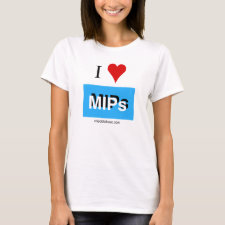
Authors: Xu YR, Hu XL, Guan P, Du CB, Tian Y, Ding SC, Li ZL, Yan CR
Article Title: A novel controllable molecularly imprinted drug delivery system based on the photothermal effect of graphene oxide quantum dots.
Publication date: 2019
Journal: Journal of Materials Science
Volume: 54
Issue: (12)
Page numbers: 9124-9139.
DOI: 10.1007/s10853-019-03500-0
Abstract: Design and development of nanoparticle-based drug delivery systems (DDS) have always been extremely challenging due to unacceptable leakage of drug or unsatisfactory release in the lesion. Herein, we presented an effective approach for facile preparation of DDS by imprinting doxorubicin (DOX) via miniemulsion polymerization. In order to investigate the release of DOX in this system, the cumulative release of DOX by molecularly imprinted polymers (GMIPs) and non-imprinted polymers (GNIPs) was compared. The results revealed that the DOX's leakage of GMIPs was more moderate than that of GNIPs. Moreover, after fitting the release curves with several mathematical models, it was found that the release of DOX from the GMIPs can be partially fitted with zero-order model (R2 = 0.929) which implied that molecular imprinting techniques for drug loading could reduce the common 'burst effect.' In addition, excellent release of DOX with controllable property was achieved by switching photothermal effect of graphene oxide quantum dots which were doped in GMIPs as the near-infrared light (NIR) window. Thus, it would be anticipated that the novel drug-loaded GMIPs combining with inductive NIR heating would be promising to be applied in the synergy of chemotherapy and thermotherapy for cancer therapy
Template and target information: doxorubicin, DOX



Join the Society for Molecular Imprinting

New items RSS feed
Sign-up for e-mail updates:
Choose between receiving an occasional newsletter or more frequent e-mail alerts.
Click here to go to the sign-up page.
Is your name elemental or peptidic? Enter your name and find out by clicking either of the buttons below!
Other products you may like:
 MIPdatabase
MIPdatabase









